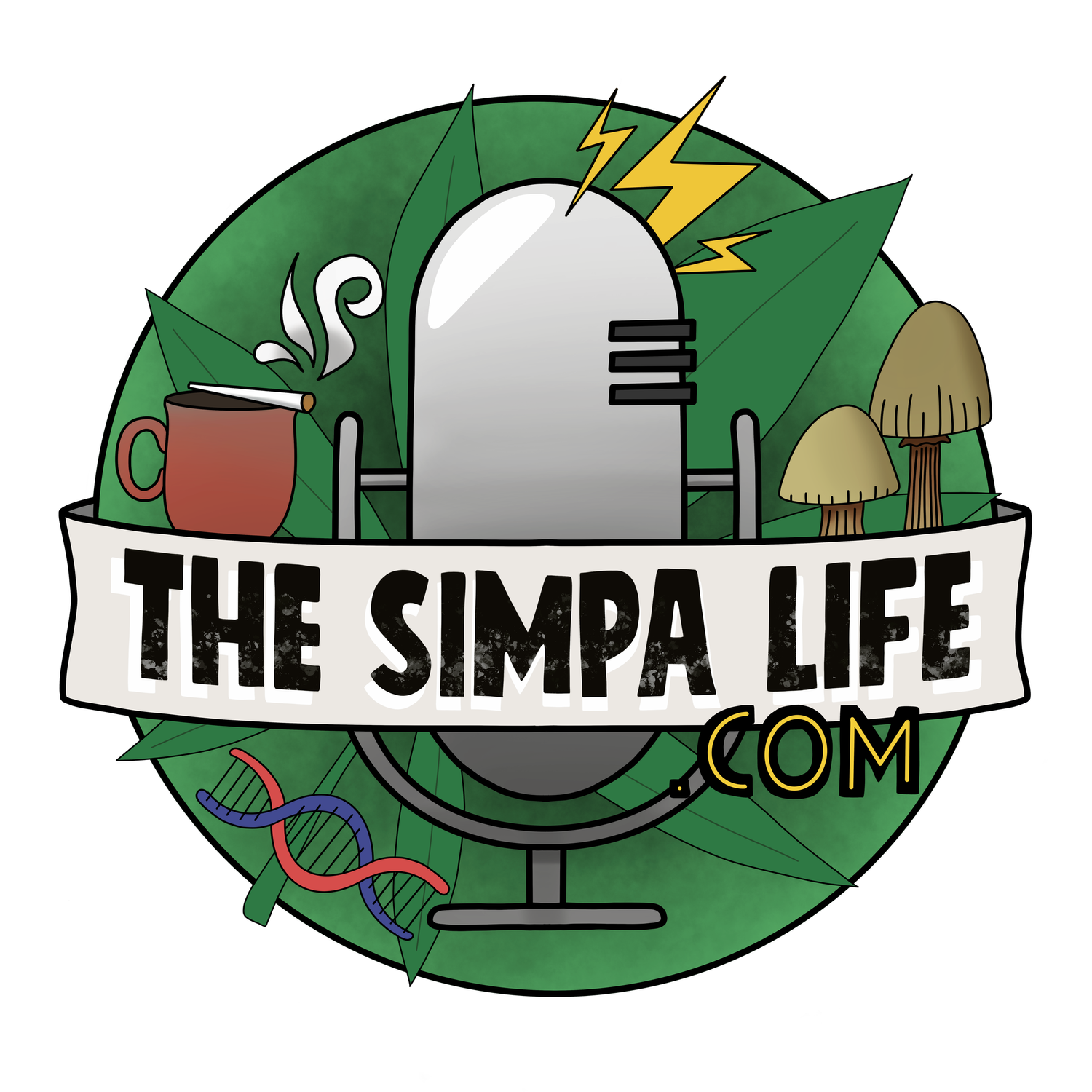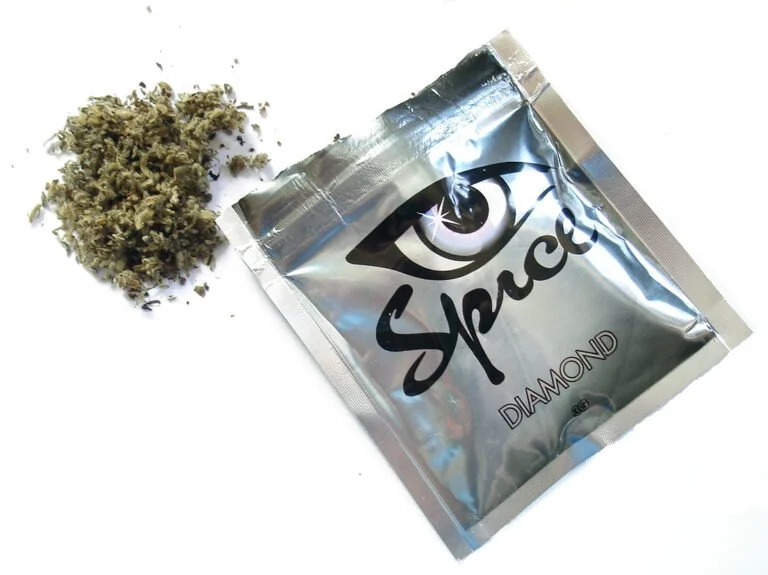Last Week In Weed Issue 41
Published September 27th 2021
In this week’s issue of Last Week In Weed, We’ll be looking at cannabis brand Cookies launching a non-psychoactive mushroom product, Smartphones potentially have enough data to detect cannabis intoxication, and ‘Synthetic cannabinoid Receptor Antagonist’ withdrawal symptoms shown to be more severe than cannabis in the latest research.
Cookies to launch non-psychoactive mushroom product
The Berner-led cannabis brand ‘Cookies’ announced the debut of its latest products last week. The new line called ‘Caps by Cookies’ is a CBD and THC-rich ‘night-time’ and ‘daytime’ capsules containing a blend of in-house derived cannabinoids, cannabis-derived terpenes provided by Blue River, and organic non-psychoactive mushrooms produced by Nammex.
The products that are branded and marketed as ‘Bed Head’ and ‘Clarity’ are available in a CBD rich and THC rich version, likely a move to allow for sales in states and regions that currently have less progressive cannabis laws than its native California. Also, a smart move to capture the newer cannabis consumer and provide a ‘soft introduction’ to consumers that may for whatever reason still be nervous about consuming THC products.
“We are always looking to elevate consumers’ well-being in new ways and focus on dropping innovative products. A THC formulation was the obvious next step in building out our Caps lineup. The natural health properties of mushrooms and cannabis have been known for thousands of years, and they play off each other perfectly. I hope this new line provides Cookies’ customers another wellness option as it does for me” – Berner, Co-Founder, and CEO of Cookies.
The ‘Clarity’ range is a ‘daytime’ mix of Lion’s Mane and Cordyceps mushrooms with either CBD or THC combined with CBG and complimentary cannabis-derived terpenes. The description claims that these products will ‘center the mind, boost energy and expand cognitive well-being.’
Brand artwork – Caps by Cookies ‘Bed Head’
The ‘Bed head’ capsules are a ‘night-time’ mix of Chaga, Maitake, Reishi, Shiitake, and Turkey Tail organic mushroom powders combined with Valerian Root, CBN, and complimentary cannabis-derived terpenes. These caps are claimed to ‘promote relaxation and restful, restorative sleep.’
The launch of these products adds to Cookies’ already rather vast and impressive portfolio of over 150 proprietary cannabis varieties and product lines. It also marks the companies first venture into the field of ‘medical mushrooms.’ A kind of ‘gateway industry’ between the venture capitalists that are now investing in psychedelic research hoping it’s the ‘next green rush’ and the same group of self-interested lobbyists that gave us the global ‘medical cannabis industrial complex.’
Cookies are not the first company in this space to start selling mushrooms, earlier this year Silo Wellness Inc, ‘A legal psychedelic & functional mushroom company focused on your mind, body and spirit’ launched the Marley One brand in collaboration with the family of the late Bob Marley. Given the heritage and the proven efficacy of combining mushrooms with cannabinoids, I don’t think it will be too long before Marley One launches a similar product line to Cookies.
Smartphones potentially have enough data to detect cannabis intoxication
The second story that we’ll be looking at this week comes from New Jersey, USA. Researchers from Rutgers University’s Institute for Health, Health Care Policy, and Aging Research have published a paper investigating whether current-era smartphones could become mobile cannabis intoxication detection machines.
In the paper published in the US Drug and Alcohol Dependence journal the team from America’s Eighth-oldest university states that they were motivated to research to see if they could develop a proof-of-concept for their idea of ‘passive detection of when someone is under the influence of marijuana.’ A scary concept to the average cannabis consumer reading this, I am sure.
I imagine at this point that a lot of you are audibly exclaiming ‘why the hell do we need this kind of technology?’ and ‘What will it be used for?’ Don’t worry that was my reaction too. The researchers behind the paper state that they are concerned about the ‘adverse effects of acute cannabis intoxication.’ I’m not sure, but I do believe they’re talking about being high, right?
“Adverse effects of acute cannabis intoxication have been reported by young adults, with associated consequences such as poor academic and work performance, and injuries and fatalities due to driving while ‘high’ on cannabis” – research authors
Just how they made the giant leap from having potentially valid concerns about individual well-being when stoned to the idea to create an authoritarian technological spy tool through the weaponisation of our ubiquototus dependence on our smartphones is beyond me.
To test their theory the authors designed an experiment utilising 57 participants that self-reported cannabis consumption at least twice a week. The participants completed three surveys over 30 days and reported each time they consumed cannabis, the quantity, and ‘how high they were feeling at any given time’. This resulted in 451 ‘episodes of cannabis use’ across the participants according to the authors
During the research period, the participants were told to download an app onto their phones that monitored, reported, and analysed data from GPS, phone logs, accelerometer, and other sensor and usage data.
“Using the sensors in a person’s phone, we might be able to detect when a person might be experiencing cannabis intoxication and deliver a brief intervention when and where it might have the most impact to reduce cannabis-related harm” – Paper co-author, Tammy Chung
When considering only ‘the time of day’ the teams’ algorithm was able to accurately detect an ‘episode’ with 60% accuracy. Utilising just the smartphone data the algorithm scored an accuracy rating of 67%. However, when they combined the data sets the accuracy shot up to 90% across the board. The team said that the most important data was the GPS data as they found that participants predictably traveled less and shorter distances while high.
The idea, concept, and outcome of this project are rather similar to another project that some of the authors were involved with back in 2018, that was researching whether smartphone data could detect heavy drinking episodes in alcoholics. The algorithm that the team used in that research measured typing speed, screen-on duration, and time of day data to produce a success rate of 91% accuracy.
I must admit that I do worry about the potential future application of such applications and algorithms. If Edward Snowden has taught the world anything it’s that technology no matter how well-intentioned will inevitably end up in the hands of the powerful and be utilised to coerce conformity, root out dissent, and cultivate a collective commons solely reflective of their limited world view, ideals and goals.
‘Synthetic cannabinoid Receptor Antagonists’ withdrawal symptoms more severe than cannabis
New research from the University of Bath, UK suggests that synthetic cannabinoids are ‘more harmful than cannabis’ and likely to cause ‘more severe withdrawal symptoms’ than consuming cannabis. The research was conducted by the Addiction and Mental Health Group (AMHG) at Bath University’s Department of Psychology and is thought to be the largest study of so-called ‘spice’ withdrawal in the world.
In the study, published in the journal Psychopharmacology, the team from Bath was comparing the experiences of cannabis and ‘SCRA’ consumers across various measures to learn more about the effects of synthetic cannabinoids on its consumers.
Throughout their research, the team use the colloquial term ‘Spice’ as a stand-in for ‘SCRAs’, which stands for Synthetic Cannabinoid Receptor Antagonists. Commonly known these days as ‘synthetic cannabinoids.’ There are currently over 200 different chemical compounds classified as SCRA’s and this number is growing. These synthetic compounds are typically then sprayed onto herbal material like dried marshmallow leaves to be combusted like cannabis.
Although SCRA’s are designed to mimic THC and act as an ‘agonist’ to endocannabinoid receptors, they have a much higher binding affinity with, in particular the CB1 receptor. This affinity means that the effects of the compound are much more potent and powerful on the consumer and their endocannabinoid system (ECS) than cannabis ever could be.
The consumption of SCRAs can cause some rather unpleasant and dangerous side effects in consumers including; heart palpitations, paranoia, intense anxiety, nausea, vomiting, confusion, poor coordination, temporary psychosis, and even seizures.
“Although originally produced as a legal alternative to cannabis, our findings show that Spice is a far more harmful drug and people attempting to quit are likely to experience a range of severe withdrawal symptoms. It’s therefore important that greater effort is made to ensure that Spice is not used as a substitute for cannabis, or any other drug, and people experiencing problems with Spice should be supported with treatment.” – Sam Craft, lead author
The researchers discovered that the experience of withdrawal caused by abstaining from the consumption of ‘SCRAs’ was deemed more severe by the majority of the studies participants. The conclusions of the study also suggest that withdrawal can occur at a much lower rate of consumption, regardless of quantity or consistency in consumption.
67% of the participants reported at least three of the following symptoms when trying to quit the drug. These included sleep issues, irritability, low mood, heart palpitations, and general craving for the drug. A much higher percentage than the cannabis consumers also seeking to abstain from consumption.
“These findings identify severe withdrawal symptoms as a key clinical problem among people using Spice, and highlight the urgent need to develop effective treatments to help people quit” – Dr. Tom Freeman, Senior Author and Director of AMHG at Bath Uni
Synthetic Cannabinoids and biosynthesised cannabinoids are a bi-product of good old prohibition. Without the continual demonisation and criminalisation of cannabis consumers for the better part of a century these novel and lethal compounds wouldn’t be so widely available on the open market.
While I agree that these compounds have a place and function within academic/scientific research and the development of new novel therapies and treatments for terminal and chronic conditions. They cannot and should not come at the expense of everyday cannabis consumers liberty and basic human rights.
In its natural and traditionally extracted form cannabis has never killed anyone, the same cannot be said of SCRAs. Unfortunately, the situation is only set to get worse as the ‘medical cannabis industrial complex’ and ‘big weed’ continue to look for new ways to circumvent legislation, exploit the ignorance of the status quo, patent nature, and draft bills that benefit themselves and their investor’s bottom line.
Without a consorted, compassionate, and conscientious effort to cultivate understanding, unity, and utility in the global cannabis community and culture, we risk falling into the trap of creating a world in which you can buy cannabinoids, but still be criminalised for using cannabis.
Written By Simpa For The Simpa Life




